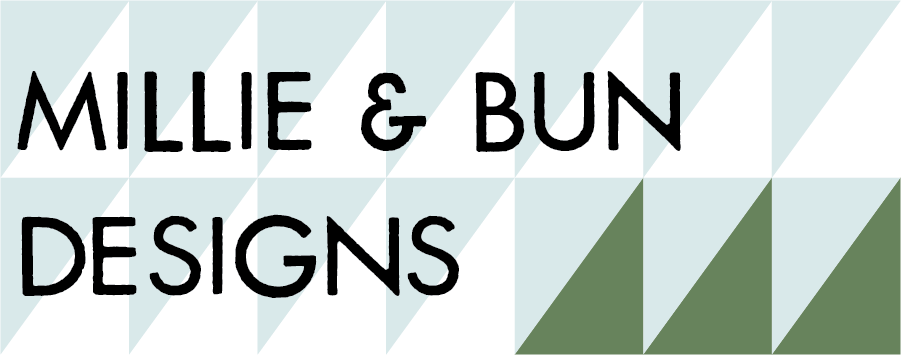Matching Seams with Fork Pins
Fork Pins!
〰️
Fork Pins! 〰️
Anyone else with some serious perfectionist tendencies?! I try to let things slide, but getting those seams just right feels pretty amazing. So when I read about fork pins to help match seams, I was very intrigued. And since I first used them, I haven’t looked back.
So today, for those of you that have not yet dabbled in fork pin territory, I’m going to give you a quick guide on how to use them. Let’s get into it!
What you’ll need:
Fork pins (I use these from Clover)
Normal pins (I don’t use anything special- I think mine are from Selfmade)
A project with lots of seams to match (may I suggest The 5189 Quilt!)
Sewing machine (mine is a Janome Skyline S5)
Thread (I use Aurifil 50wt in white for most things)
Get Ready!
I typically use fork pins during the assembly stage of quilting, when all my blocks are pieced and I’m ready to start putting together my top. But you could need them when you are construction your blocks too!
For this tutorial, I’m putting together my 5189 Quilt, a geometric and linear based quilt with plenty of seams to match.
The 5189 Quilt on a snowy day in Nesbru, Norway.
I like to use the fork pins only in the spots that I need to line up, and I’ll use regular pins in all of the other places. For this quilt in particular, I didn’t need to match up anything when sewing the blocks together, but the fork pins were essential when sewing the rows together.
Pin It Up!
Take two blocks (or rows, like I have here), and lay them out, RST. I will pin first in the middle, then work my way out on either side.
Two of my rows, ready to put right sides together.
Line up the seam you want to match. (Maybe I’ll get some slack here since I’m a ‘seams pressed open’ kind of girl, but they will line up pretty nicely anyway. Yes, I know nesting seams when you’ve got them pressed to the side is soooo nice, but open seams are more accurate for me, okay? ;) Take your fork pin and insert the forks on either side of the seam. Ta da! That seam is pretty locked in place now :)
Now work your way out from the middle. Go down the block or row, focusing first on the seams that need to match, then go back to fill in with normal pins. (Am I an over-pinner? Yes, yes I am).
Sometimes you’re dealing with some mismatched block sizes, and you’ll need to stretch a block a tiny bit to make the seams line up, or you’ve got a little extra fabric to contend with. I just try to prioritize the matched seam when I can.
Sew It Up!
Now let’s sew up our rows. The beauty of the fork pin is that it stays in place while you’re sewing, so (hopefully!) the seams you so perfectly matched stay in place. That does, however, mean you’ll need to sew over your pins. I feel like some people are horrified by that (including me!) but I find if you take it slow when navigating over the fork pins, you’ll be just fine. If you want to take it one step further (I do!), just hand crank your needle over the pins when you get to them. Does this take more time? Yes. But if you don’t like the jarring sound of your needle hitting a pin it might be worth it for you.
Be careful and sew right over these fork pins!
Other Tips!
When I first took these pictures of me making The 5189 Quilt, I had my old machine, and didn’t use a piecing foot. My new machine has a piecing foot with a guide, so I thought I would show some pictures if that’s what you’re working with. Just flip the pin around so the guide on the piecing foot can stay snug against your fabric edge!
That’s it! It’s so easy, and I feel like these pins really make a difference.
Looks at those perfect intersections :)
Not every seam turns out 100%, of course, but I feel like I have a more consistent result with these.
Have you used fork pins before? Any other tips I missed? Let me know in the comments!
And check out these patterns where you can put your new fork pin skills to the test :)














